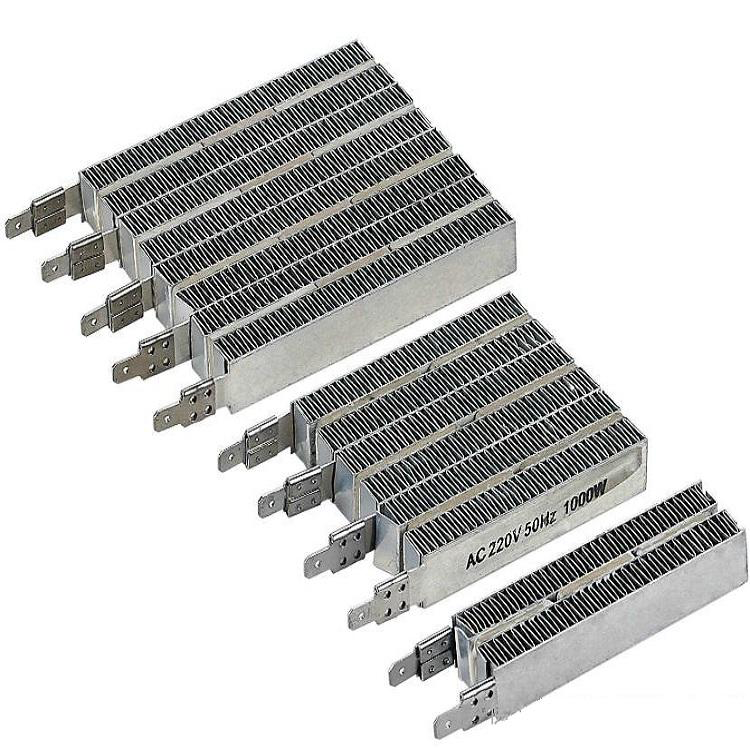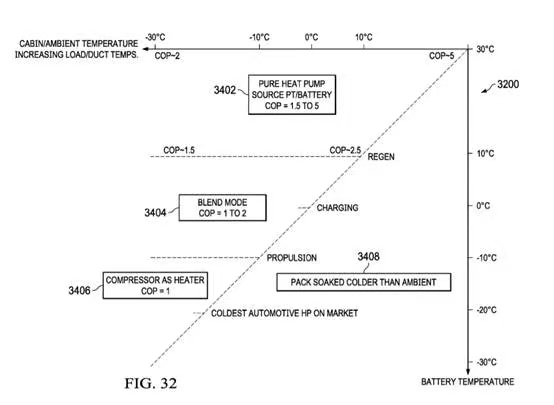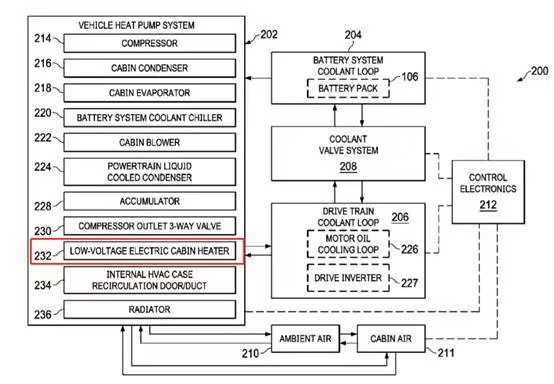On January 14, 2022, according to foreign media reports, the National Highway Traffic Safety Administration (NHTSA) is discussing the issue of heat pump air conditioning with Tesla.
According to Drive Tesla Canada, many Tesla owners complain that the heat pump fails in extremely cold temperatures. Last year, Tesla replaced the heat pump sensor for Model 3 and Model Y vehicles from 2020 to 2021 to solve this issue.
On January 13, 2022, the Canadian automobile safety regulatory agency announced that it had launched an investigation into the heating and cooling systems of Tesla Model 3 and Model Y after 16 consumer complaints about the heating performance of heat pump air conditioning in cold weather.
The Canadian Department of Transportation stated that they are concerned that the faulty heating and air conditioning systems “may affect the defogging/defrosting of the windshield and thus affect the driver’s visibility.”
The National Highway Traffic Safety Administration (NHTSA) also followed up on January 14, 2021, stating that “the agency has been made aware of the issue, is gathering information, discussing with Tesla, and assessing potential safety concerns.”
About heat pump air conditioning
Currently, the mainstream heating methods for electric vehicles are PTC and heat pump.
Using PTC heating
PTC (Positive Temperature Coefficient) refers to semiconductor components with a large positive temperature coefficient, which are heated by passing current through a thermistor to increase the temperature.

Using this method to heat the vehicle can be understood as converting electric energy into heat energy. The advantage is that the heating capacity is almost unaffected by the external environment temperature, while the disadvantage is that even under ideal conditions, the energy conversion efficiency can only reach 100%, that is, consuming 1 joule of energy can produce up to 1 joule of heat, and it greatly affects the driving range of electric vehicles.
Using heat pump air conditioning for heating
The basic principle of heat pump air conditioning is similar to air conditioning. It uses low-boiling-point liquids (such as fluorine) to absorb heat from a lower temperature. The steam is compressed by a compressor and then liquefied through a condenser to release heat, and finally returns to the throttle valve. Such a cycle can transport heat.The advantage of using this heating method is that, under the premise of appropriate external temperature, more than 1 joule of heat can be transferred while consuming only 1 joule of energy, thus saving energy. In Tesla’s heat pump air conditioning patent, we can see that the highest coefficient of performance (COP) can reach 5 at an ambient temperature of about 10-30 degrees, while the COP of PTC heating under the same conditions is basically 1.

The disadvantage is that when the temperature is very low, it is difficult for the heat pump to transfer heat. As shown in the patent diagram, when the ambient temperature is close to minus 20 degrees, the COP of the heat pump air conditioner is close to 1, which is basically the same as PTC, or even worse.
Tesla’s solution
Tesla’s current solution is to use software control to coordinate the heat pump, motor, and PTC to heat.
According to the Tesla patent diagram, we can see that Tesla has equipped a low-voltage PTC to assist the heat pump in heating.

In addition, when the external environment is too low and the heat pump air conditioner cannot effectively heat, Tesla’s motor can use the locked rotor speed to achieve heating, using a large current and the resistance of the motor itself to produce heat. However, this method may affect the life of the motor.
Through software, Tesla coordinates the low-voltage PTC, motor, and heat pump air conditioning to achieve a balance between energy consumption and heating effect. From the complaints of users in cold regions of the United States and Canada, there may be room for improvement in this coordinated heating method.
The use of pure electric vehicles in cold regions is affected by temperature constraints. On the one hand, the low temperature affects the battery activity and reduces the cruising range; on the other hand, the use of PTC air conditioning consumes a lot of electricity, and the heat pump air conditioning cannot maintain good heating effect in severe cold. If choosing a new energy vehicle, the range-extended electric vehicle may perform better in cold regions.
This article is a translation by ChatGPT of a Chinese report from 42HOW. If you have any questions about it, please email bd@42how.com.
